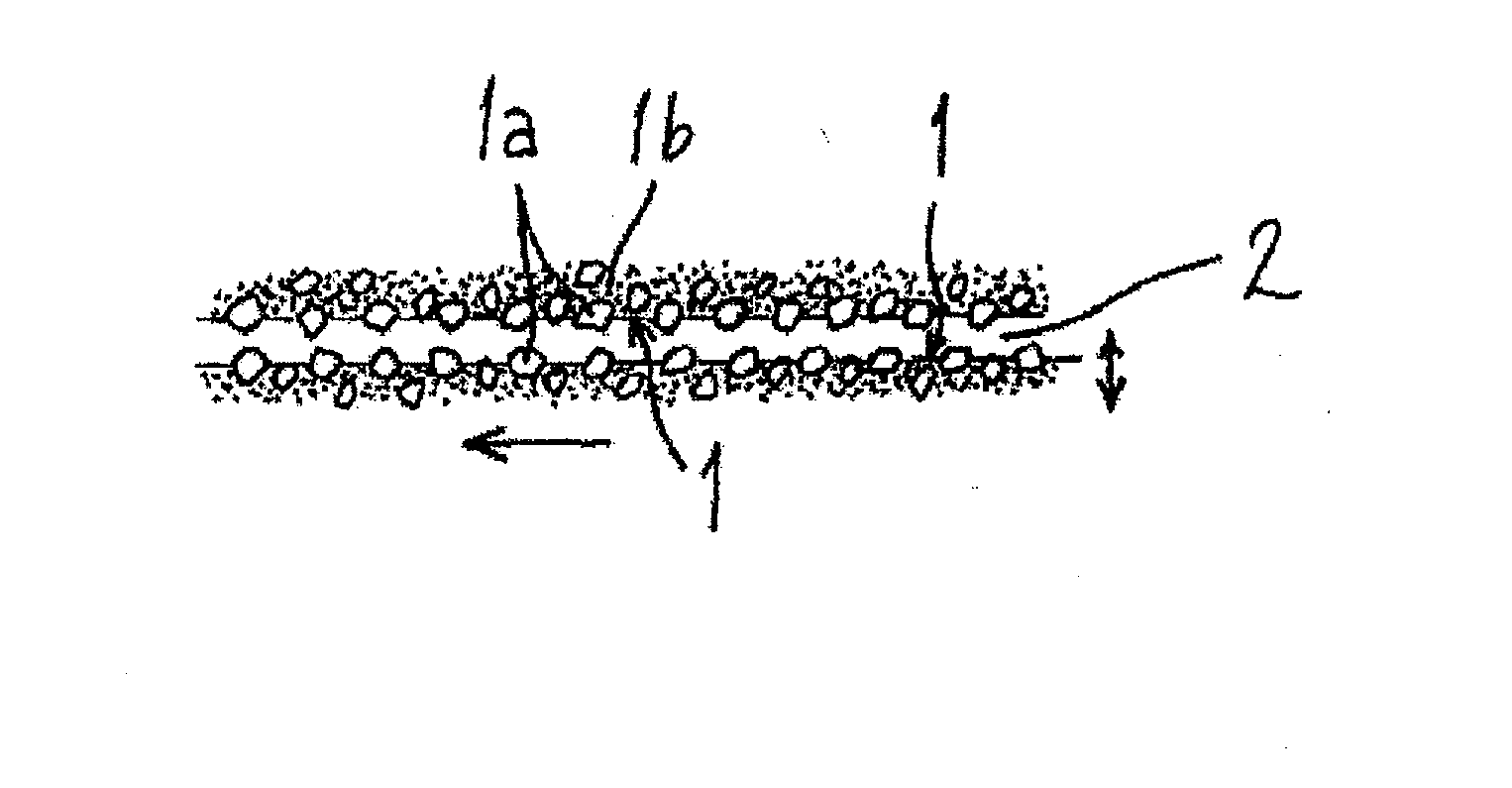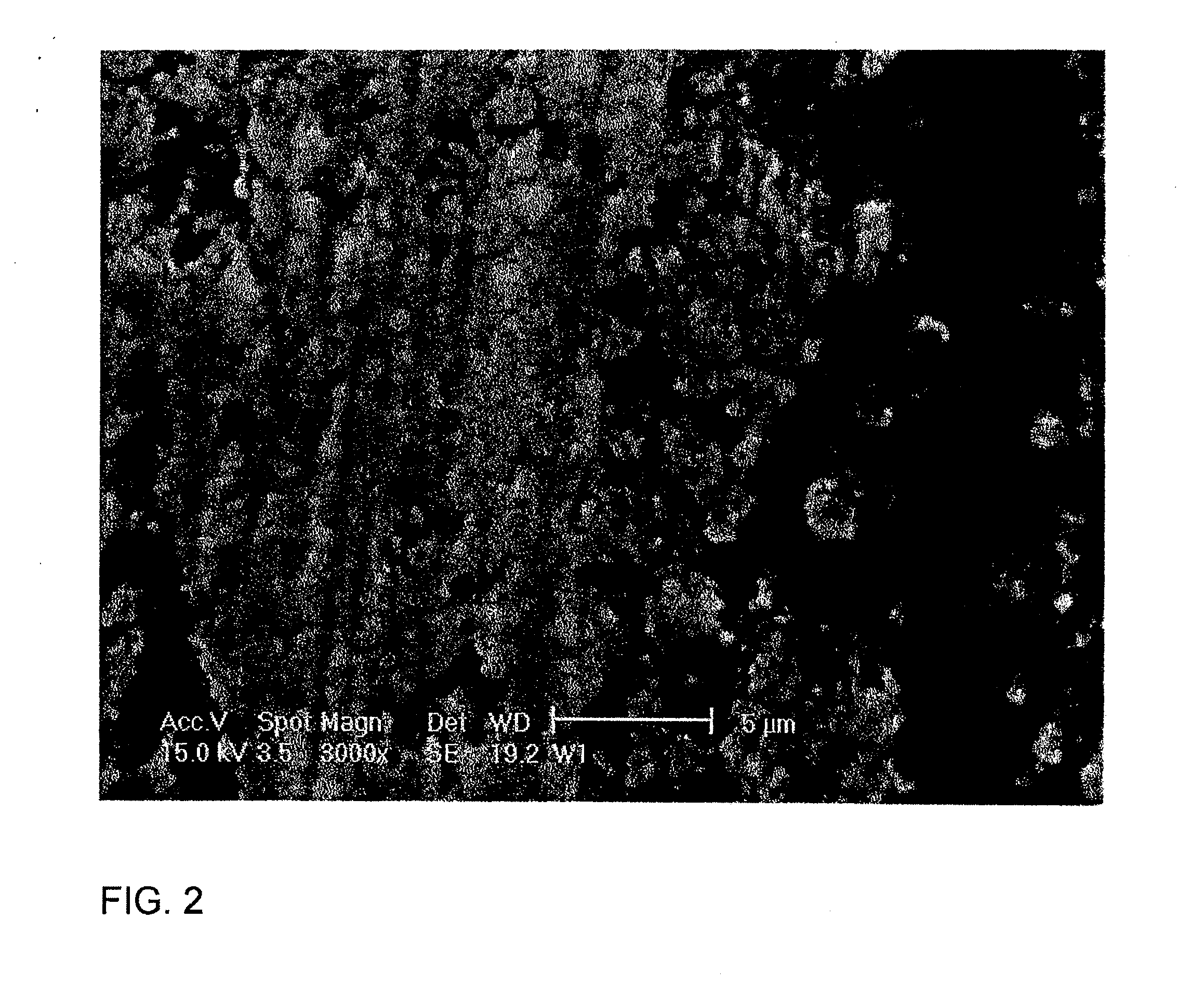Method and apparatus for fibrillation of cellulose containing materials
a fibrillation and cellulose technology, applied in the field of cellulose production, can solve the problems of poor surface refining efficiency, poor scalable method up to industrial scale, and poor efficiency of surface refining work, so as to improve refining efficiency and avoid surface abrasion
- Summary
- Abstract
- Description
- Claims
- Application Information
AI Technical Summary
Benefits of technology
Problems solved by technology
Method used
Image
Examples
Embodiment Construction
[0027]In this application, fibril cellulose refers to cellulose microfibrils or microfibril bundles separated from cellulose based fibre raw material. These fibrils are characterized by a high aspect ratio (length / diameter): their length may exceed 1 μm, whereas the diameter typically remains smaller than 200 nm. The smallest fibrils are in the size class of so-called elementary fibrils, where the diameter is typically 2 to 12 nm. The dimensions and size distribution of the fibrils depend on the refining method and efficiency. Fibril cellulose can be characterized as a cellulose based material, in which the median length of particles (fibrils or fibril bundles) is not greater than 10 μm, for example between 0.2 and 10 μm, advantageously not greater than 1 μm, and the particle diameter is smaller than 1 μm, suitably ranging from 2 nm to 200 nm. Fibril cellulose is characterized by a large specific surface area and a strong ability to form hydrogen bonds. In water dispersion, fibril c...
PUM
| Property | Measurement | Unit |
|---|---|---|
| surface roughness | aaaaa | aaaaa |
| surface roughness Ra | aaaaa | aaaaa |
| surface roughness Ra | aaaaa | aaaaa |
Abstract
Description
Claims
Application Information
 Login to View More
Login to View More - R&D
- Intellectual Property
- Life Sciences
- Materials
- Tech Scout
- Unparalleled Data Quality
- Higher Quality Content
- 60% Fewer Hallucinations
Browse by: Latest US Patents, China's latest patents, Technical Efficacy Thesaurus, Application Domain, Technology Topic, Popular Technical Reports.
© 2025 PatSnap. All rights reserved.Legal|Privacy policy|Modern Slavery Act Transparency Statement|Sitemap|About US| Contact US: help@patsnap.com



